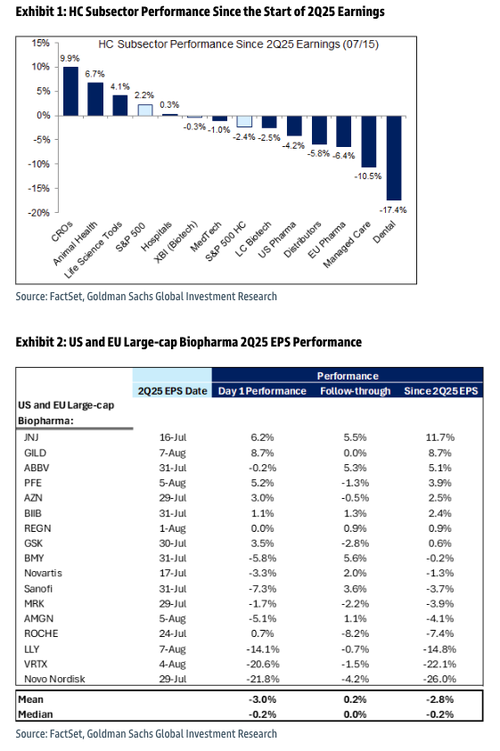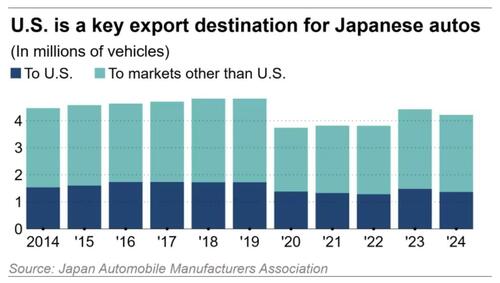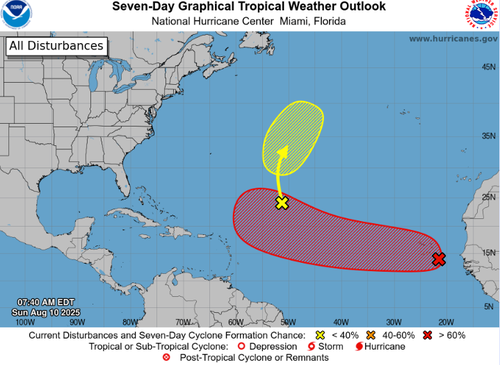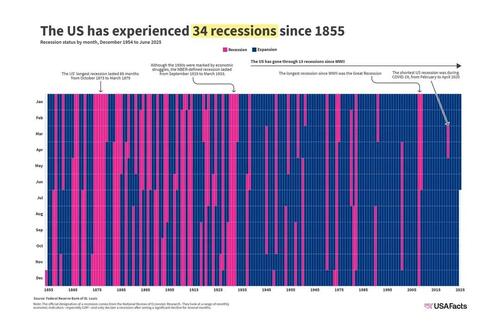A History Of American Recessions
The official designation of a recession comes from a committee at the National Bureau of Economic Research (NBER), a private, nonprofit research organization.
The committee considers a wide range of economy-wide, monthly data points, but the NBER views GDP as “the single best measure.”
The committee calls a recession once there is a significant decline across these measures for more than a few months.
The NBER’s official designation of a recession, then, doesn’t happen until there are several months of data, allowing it to be sure both that a recession happened and when exactly it started.
In other words, as Voronoi notes, the NBER looks backward, not at the present moment.
Using this measure, here’s a few insights:
From 1855 to 2020, recessions lasted an average of 17 months. In the 20th and 21st centuries, the average recession has decreased to 14 months.
The US’ longest recession lasted 65 months from October 1873 to March 1879
The US has gone through 13 recessions since WWII
The longest recession since WWII was the Great Recession
The shortest US recession was during COVID-19, from February to April 2020
Although economic struggles and the Great Depression marked the 1930s, the NBER-defined recession lasted from September 1929 to March 1933.
In other words… there used to be more ‘official’ recessions.
Tyler Durden
Sun, 08/10/2025 – 07:35













